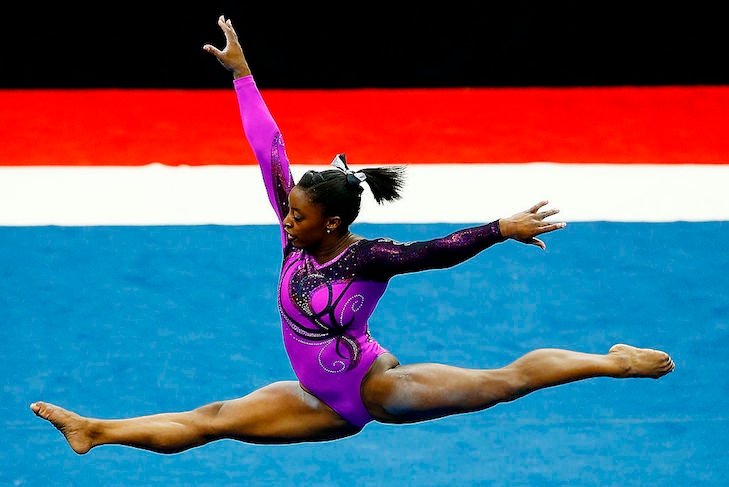England won the cricket World Cup for the fourth time. Huzzah! England reached the semi-finals of the European football championship. Huzzah again! Or you can, as some have preferred, say well, it’s not really England, is it? It’s England women — and that’s not the same thing at all.
Ten points for observation, eh? I remember when I first noticed.
But there’s less power, less speed and it’s altogether less thrilling a spectacle than the men’s versions, they say. Anya Shrubsole, the demon fast bowler who secured the win for England by taking six wickets in the final, only bowls at 70 mph; she’d be cannon fodder in a men’s game. And the soi–disant Lionesses would be mauled to bits by a fourth division football club…
On the other hand, Shrubsole isn’t going to bowl in a men’s Test match and women’s footballers are not going to take on men’s professional teams. That’s on account of the fact that men and women are different. So then the argument shifts: television claims that men’s and women’s sports are the same in intensity and power, and they’re not.
Which serves you right for listening to television’s claims. This week Sky Sports News said that a forthcoming boxing match between a world champion and a novice is the sporting event of the year, if not the decade; grown-up sports outlets didn’t even mention it. Point of information: you can watch the event on Sky Sports Box Office for £20. Every televised sporting event is the most exciting thing in the history of the universe — until next week, of course. We should have learned how to deal with that.
But women are physically inferior and sport is about physical prowess. Which brings us to Alison Streeter, who has swum the Channel on 43 occasions, more than any one else in history; the nearest is Kevin Murphy with 34. She also has performed a triple crossing: three lengths of the Channel.
As Craig Sharp, emeritus professor of sport science at Brunel University London once said, the fact that men outstrip women in most sports is not because the events are too tough, but because they’re not tough enough. Women deal with pain better, deal with extremes of heat and cold better, and are simply better when it comes to extreme forms of endurance.
So let’s turn to gymnastics. Only women perform on the balance beam. Leading gymnasts such as Simone Biles make it look like a ballroom, but men can’t cope with it. They would fall off. Women balance better than men. Their routine somersaults, often performed with multiple twists, are beyond the scope of male gymnasts when it comes to landing on a target 10cm wide. On the other hand, women don’t perform on the rings, an event about strength of arms and shoulders. Sharp says women would invariably beat men in a 400-metre race on the balance beam, an event I long to see trialled.
In fact, men and women compete against each other in the most dangerous sport in the world — in 1999, five riders were killed in eventing. Women take part on equal terms in this dismaying test of sporting courage and routinely win; the great Lucinda Green won Badminton six times.
By this point arguments against women’s sport begin to look a little ragged. It’s been suggested that women’s sport is inferior because women haven’t come up with all-time greats such as Muhammad Ali, Pelé and Usain Bolt. Which is kind of subjective.
What’s not subjective is that men have been playing sport full-time and for a living for centuries; women for a couple of decades. Baron de Coubertin, who founded the modern Olympics, said the function of women at the Games was to crown the victors; before 1960 female competitors weren’t allowed to run further than 200 metres; the women’s marathon wasn’t run at the Olympics until 1984. Women’s sport is an emerging phenomenon, reflecting larger changes.
And it’s changing fast. India beat Australia in the World Cup thanks to an innings of 171 in 115 balls from Harmanpreet Kaur that included seven sixes, unimaginable in the days when the great Rachael Heyhoe Flint captained England in a divided skirt.
There’s a lot more women’s sport about. It gets on TV more often. More people go to watch it. More people accept it. It’s an increasing part of modern life… demonstrating three ineluctable and irrefragable truths: that women are different from men in some ways; that women are the same as men in some ways; and that the times they are a-changing, as they always have done and always will do. Not really worth getting your jockstrap in a twist about, is it?
Roger Alton and Carrie Dunn discuss women’s sport on the Spectator Podcast.






Comments